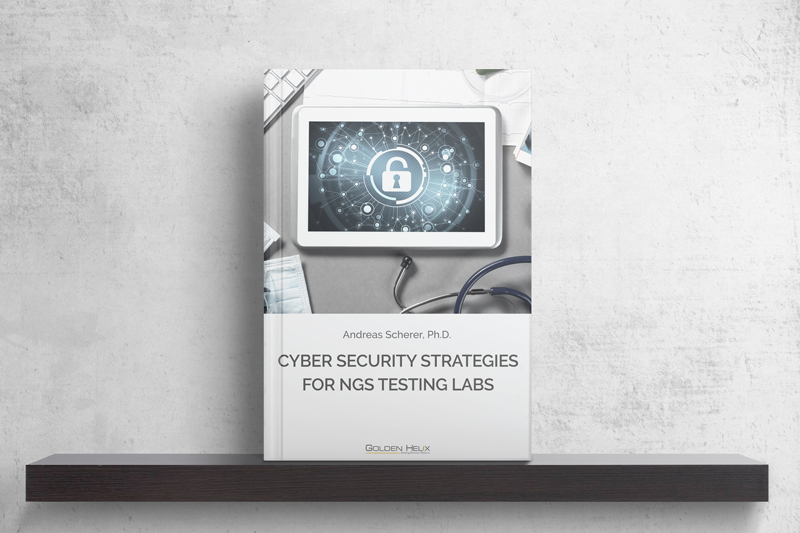
Hospitals and testing labs are undergoing a digital transformation like any other business in our time. They deal with personal data in categories with the highest level of security requirements: personal identity and medical records. The architecture chosen to store and analyze this data is critical to provide the best protection against a data breach incident. The liability and institutional risk associated with such an incident is highly regulated in a field such as the healthcare space.
We live in a world that is centered around information. The field of precision medicine is the best example of how core diagnostic processes are all about assessing information and cross-referencing patient-specific data with specialized databases. In times when patient data was on paper, and samples were stored in the lab, security was about physical measures to ensure that no unauthorized person had access. Those days are gone. In particular, in the field of genomics, there has been a plethora of deployment models that require to various degrees, an open IT infrastructure to have access to the internet, respectively specialized cloud vendors who provide their analytics capability only that way.
Users have come to expect the same convenience they experience in using social media applications in their day to day work. This is often in odds with IT departments who are better equipped providing monolithic and locked down capabilities in a one size fits all fashion. This is the root cause of the tug of war between users in hospitals and testing labs with their respective colleagues in IT.
There are good reasons for deploying applications with great care having cybersecurity risks in mind. In contrast to physical security, where only a few threat scenarios are possible and need mitigation, the job of protecting digital information is exponentially more difficult. Some of the perceived restrictions are essential to ensure that data is not being compromised.
Weighing against this risk is the need for labs looking to provide personalized genomic testing services to use innovative new technologies such as Next Generation Sequencing (NGS). This technology enables the detection of the genomic alterations unique to the patient to power truly personalized diagnostic, prognostic, and therapeutic guidance. The analysis for these types of tests are inherently complex and deal with potentially novel data, never before seen in a clinical setting. The FDA provides an umbrella for labs to tackle this challenge by providing a framework to develop and offer Laboratory Developed Tests (LDTs) that utilize NGS to answer questions related to the diagnosis of rare diseases, the predisposition to inherited diseases, and the testing of tumors to provide treatment and clinical trial options based on the genetic profile of the patient’s biopsied sample. These tests require specialized software, curated knowledgebases, and biological annotations to perform the analytical workflows required to take the NGS data from raw sequences to the processed and enriched form interpreted by lab personnel and placed in clinical reports. These resources are continually changing as state of the art for personalized and genomic medicine advances.
If you wish to continue reading the eBook, I invite you to download a complimentary copy by clicking on the button below.